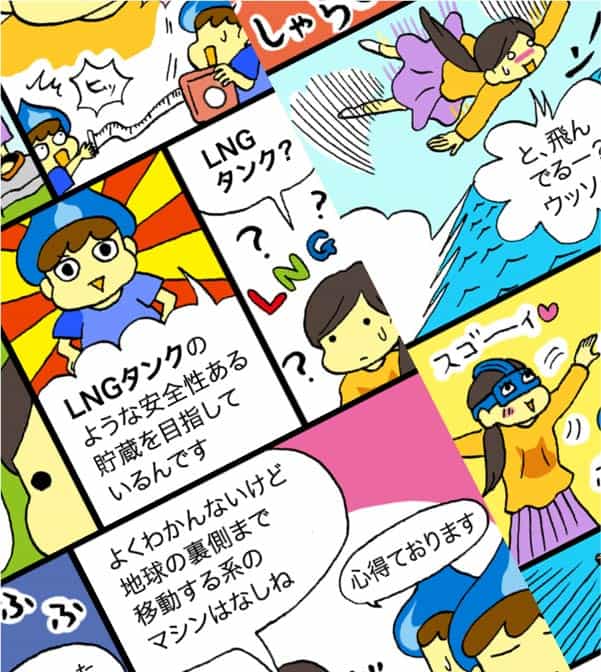Nihon Keiei Co., Ltd.
Going beyond data presentation to connect with users' emotions: UX design for a team assessment tool

-
01
2months
UX/UI design
-
02
4months
System development
-
03
5minutes
Response time for 50-question survey
Nihon Keiei Co., Ltd. and a university conducted collaborative research to develop the NaviLight organizational strength assessment service. It enables teams to address their current challenges and take actions to improve team cohesion based on member surveys. TAM was involved in the entire service design process of this assessment tool, including UI design and system development.
The key emphasis was not only on accurately collecting 'data' for precise assessments but also on cultivating positive 'emotions' towards improving team strength. Through iterative discussions, we focused on resolving issues highlighted in the customer journey map, such as simplifying surveys and improving satisfaction with assessment results.

Designing user interaction for easy responses
Accurately diagnosing team strength with NaviLight requires all team members to complete a comprehensive 51-question survey. However, responding to such a lengthy survey can be challenging within the constraints of busy workdays. To address this, NaviLight conducted iterative prototype testing to simplify survey participation via smartphones. This involved implementing a user-friendly UI design that allows users to swiftly respond to questions with simple taps, making the survey feel less time-consuming. Furthermore, to prevent respondents from forgetting to participate, reminder emails are sent three times: the day after, the day before the survey, and on the survey day itself. These measures were implemented to address challenges like survey fatigue due to busyness or perceived inconvenience.
Designing diagnostic results for improved comprehension and motivation
During prototype testing of the 'diagnostic results,' two significant challenges emerged. Firstly, the 'explanations were overly technical and difficult to understand,' and secondly, 'low scores often led to lowered motivation.' To address these issues, we undertook a redesign of the 'diagnostic result design' to improve comprehension and motivation. This redesign encompassed not only simplifying the text but also expressing the team's status through 13 captivating characters rather than mere 'scores.' Furthermore, we made a deliberate effort to showcase not only the team's weaknesses but also its strengths, aiming to boost users' motivation when reviewing their results.

Service design that leads to a boost in team performance
Utilizing NaviLight serves a purpose beyond merely diagnosing the current state of a team's capabilities. It aims to facilitate continuous efforts by team members to address the 'challenges' identified in the diagnostic results.
Sustaining this ongoing operation also has implications for the service structure and plans. Initially, we considered a pricing model based on a single diagnostic session. However, to encourage active engagement with challenges and reevaluations, we proposed a plan that allows for usage over a defined period without restricting the number of diagnostic sessions. We worked closely with the client not only on UI and system development but also on shaping the service design itself.

CREDIT
-
CLIENT
Nihon Keiei Co., Ltd.
-
SERVICE
-
WEB SITE


Feel free to contact us at any time.
Thank you for your interest in TAM.
Would you like to join our diverse team of highly specialized members in a collaborative project?
For inquiries and questions, please don't hesitate to get in touch with us here.


